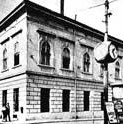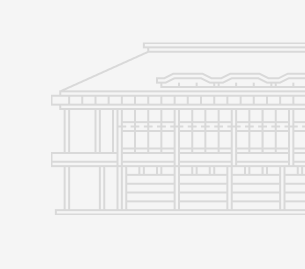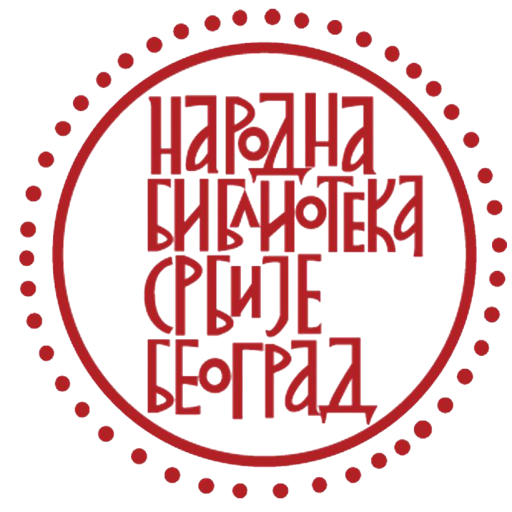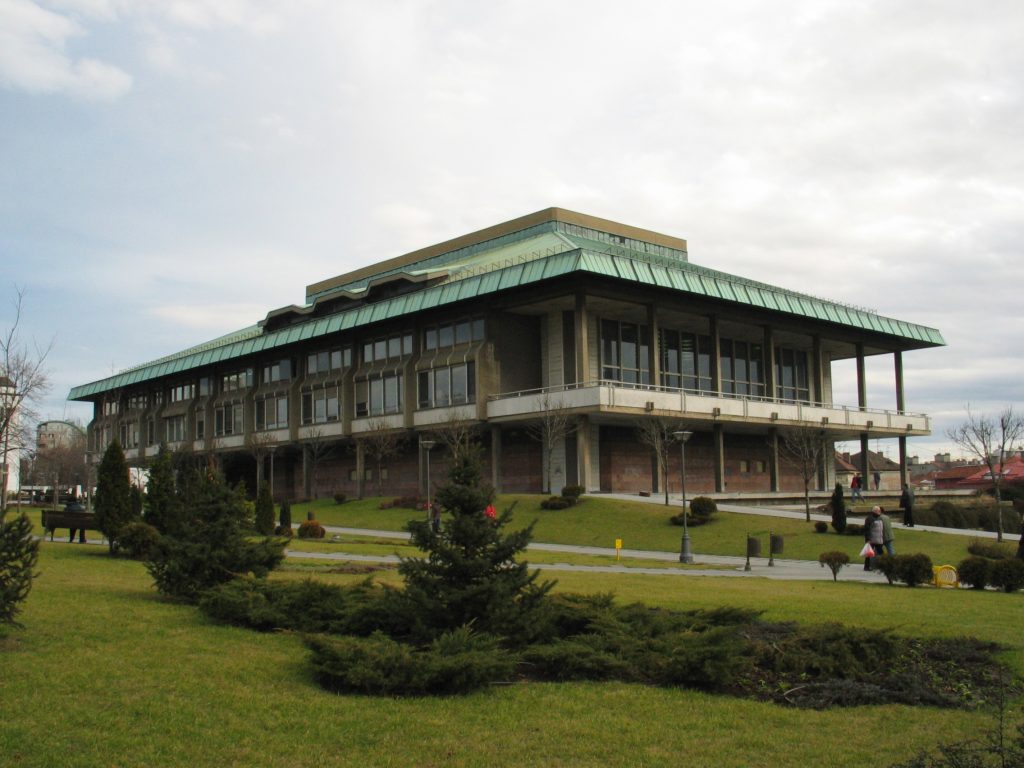- About us
-
- Catalogs and collections
-
-
- Collections
- The Collection of Handwritten Books
- Collection of Early Printed Books
- Reference Collection
- The Early Book, Rare Book and Miniature book Collections
- The collection of more recent literary manuscripts and archival materials
- Legal Information Centre
- Centre for Library and Information Sciences
- Music collection
- Visual Art collections
- Collection of CD Editions
- Cartographic Collection
- The Collection of Photographic Documents
- Other Special Collections
- Legacy Collections
- Collections
-
- Publications
- Services
- Ask librarian
- Contact
A Historical Overview of the National Library Locations

The first building of the National Library of Serbia stood adjacent to the churchyard of the Cathedral Church, and it was quite a modern structure for the early 19th century. The Library was housed in this building for just a year (1832–1833). The next location was the State Printing House building, across from Gligorije Vozarović’s shop. It’s assumed that the Library had a single room there, which served as a book storage. After relocating to Kragujevac, it shared the fate of the State Printing House, but very little is known about that period, except that in 1838, it was moved to the Ministry of Education.
The Library returned to Belgrade in 1840, finding itself in a military hospital at the site of today’s Students’ Square. The same year, it was brought back to Kragujevac, only to return to Belgrade the following year. The Ministry of Education then rented the Princess Ljubica’s building, with six rooms for offices and three for the minister. The Library didn’t have a separate room until the Ministry moved to military barracks on Vračar, which later housed the National Assembly. In the spring of 1842, the Library moved again along with the Ministry to the building of the Teacher’s School (today’s building of the Academy of Applied Arts at Kralja Petra Street). The next location was another military facility (Tobdžijska kasarna) on the corner of Sarajevska and Nemanjina streets, where the Library got its own room and its first director, Milovan Spasić.
In 1861, the Library moved to the building of the Women’s High School, where it stayed until 1864. Then it moved to Captain Miša’s Mansion, where it remained until the First World War. Here, the Library gained more space for the first time. It had three large rooms and a small one for the staff on the left side of the ground floor. Two more rooms were obtained when the Belgrade Gymnasium moved out of the Mansion. They were set up as reading rooms for scholars and the public. The Library received electric lighting in 1901.
During the 1914 bombing, the part of Captain Miša’s Mansion where the National Library was housed suffered damage. Consequently, the Library relocated its collections to other buildings in Belgrade and elsewhere. Part of the books were moved to Niš, while another part went to the building of the Vračar Cooperative Savings Bank on the corner of Kneza Miloša and Srpskih vladara streets. After the Bulgarian attack on Niš, the more valuable part of the collection was transferred to Kosovska Mitrovica.
In 1920, the government allocated funds to the National Library to purchase the cardboard factory building on Kosančićev venac from the industrialist Milan Vapa. As this building wasn’t originally intended for a library, it quickly became cramped and unsuitable. Nevertheless, the National Library endured the Second World War there. Throughout this time, continuous efforts were made to acquire a new purpose-built building. Unfortunately, due to a lack of funds, this goal was not achieved.


During the bombing of Belgrade on 6 April 1941, the Library burned to the ground. The damage was immense, resulting in the loss of many rare books. The few books that remained undamaged, along with those in use and storage at Kosmajska Street, were relocated and housed in the State Printing House. Thus, a series of relocations began once again, and during the early war years, the Library found a temporary home in the building belonging to the Vacation Rental Association on Francuska Street. Afterwards, a warehouse on Višnjićeva Street, previously used for storing fruits and vegetables, was designated for the Library, where it remained until the end of the war.
Following the war, the building of the Srpska kruna hotel was adapted to the Library’s needs. The necessity of a purpose-built object was raised again several times. In celebration of the 150th anniversary of the First Serbian Uprising, in 1954, it was decided to erect a memorial library. Originally, the site was set for Guberevac (on the corner of Franše Deperea and Kneza Miloša streets). Later, an opportunity arose for a better location on the St Sava Plateau. Architect Ivo Kurtović developed the conceptual design for the National Library between 1961 and 1962. At that time, the Library’s director, Čedomir Minderović, worked on gathering documentation about the organisation and operation of significant European libraries. Groups of experts from the National Library, accompanied by architect Ivo Kurtović, visited libraries in Rome, Paris, Bonn, Stockholm and other cities.
The foundation stone was laid on 20 October 1966. The relocation of the Library began in May 1972. The reading room was opened on 29 November of the same year, and the formal inauguration took place on 6 April 1973.
The building design was intended to meet the basic principles of a well-organised library of its time, including a clear separation of essential functional areas and swift transport of library materials to the users. Therefore, the building consists of three main sections – storage area, public spaces and business facilities – and is functionally, structurally and aesthetically divided into two parts connected by a linking area. This modular structure is based on the open-space concept aimed to facilitate each function, emphasising flexibility and adaptability as fundamental preconditions for the work of such an institution.
The National Library of Serbia is an essential landmark on the map of Belgrade due to the institution’s significance for national culture and its architectural design that embodies tranquillity, rhythm and moderation, echoing tradition and inviting passers-by under its expansive roof. The building has been declared a cultural heritage site and is under the protection of the Institute for the Protection of Cultural Monuments.



